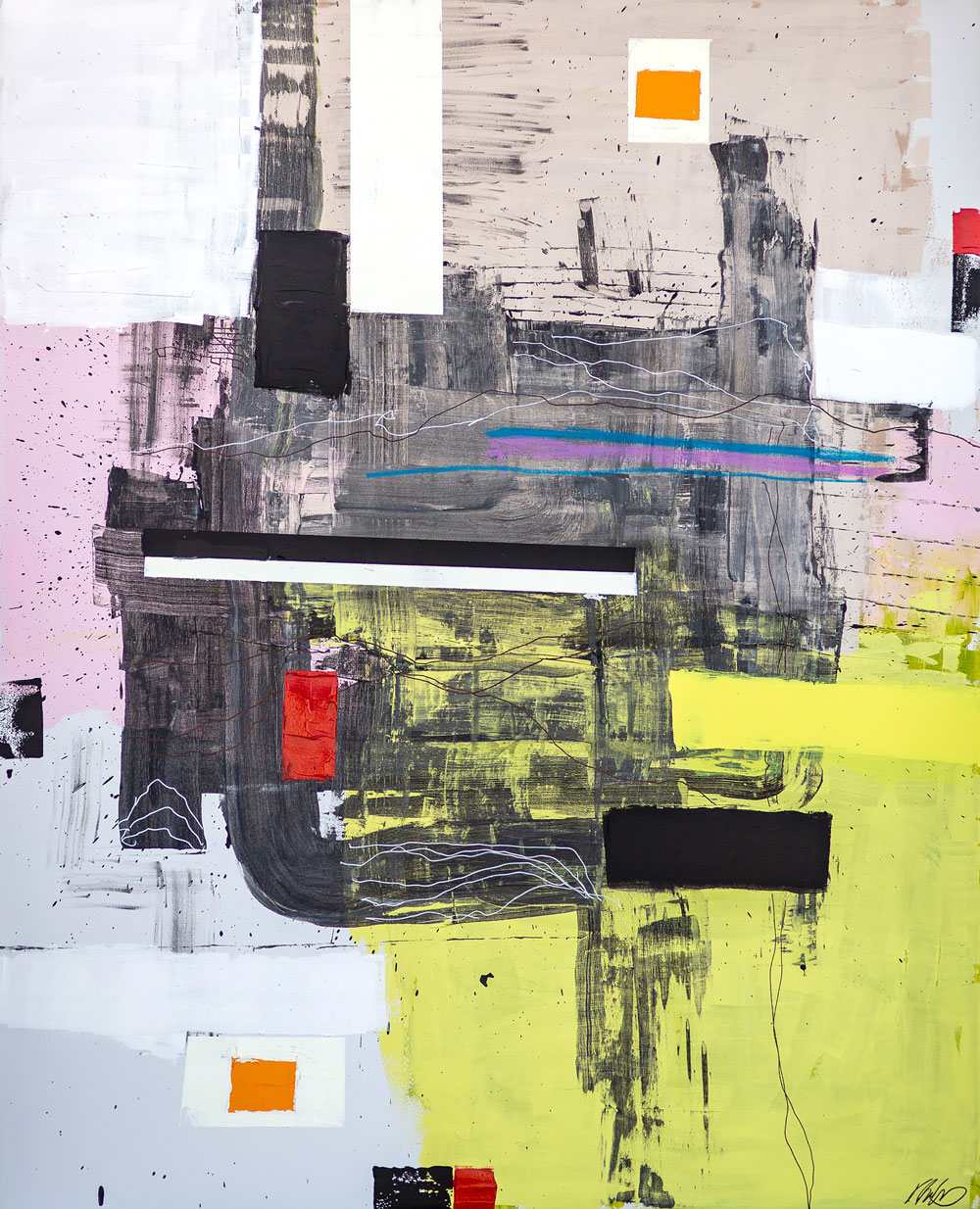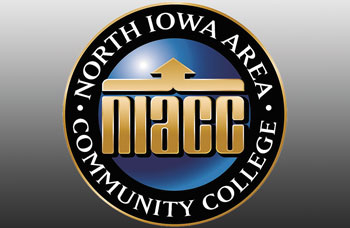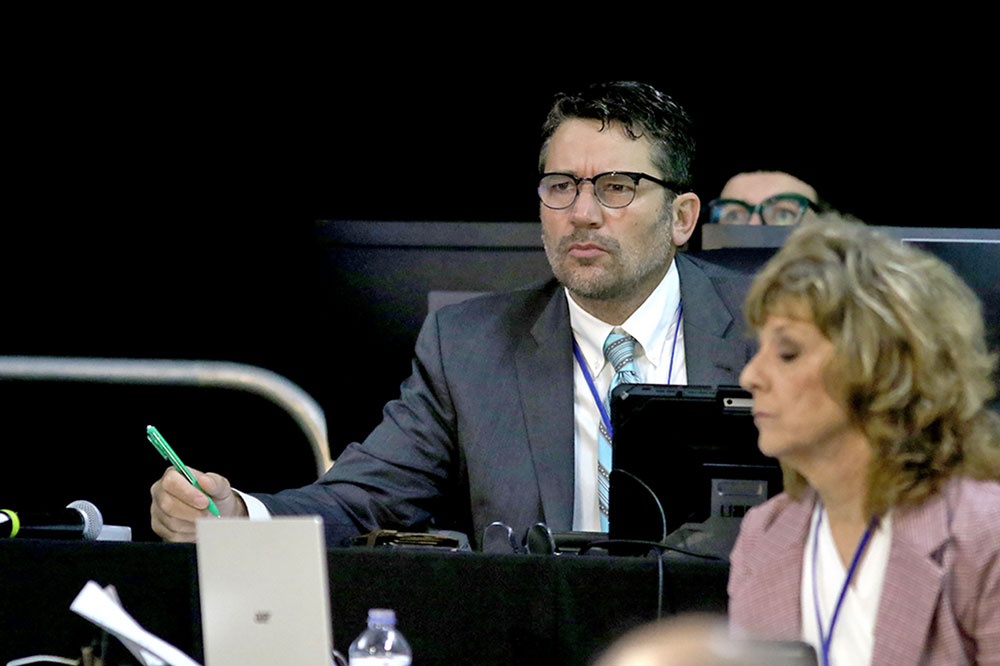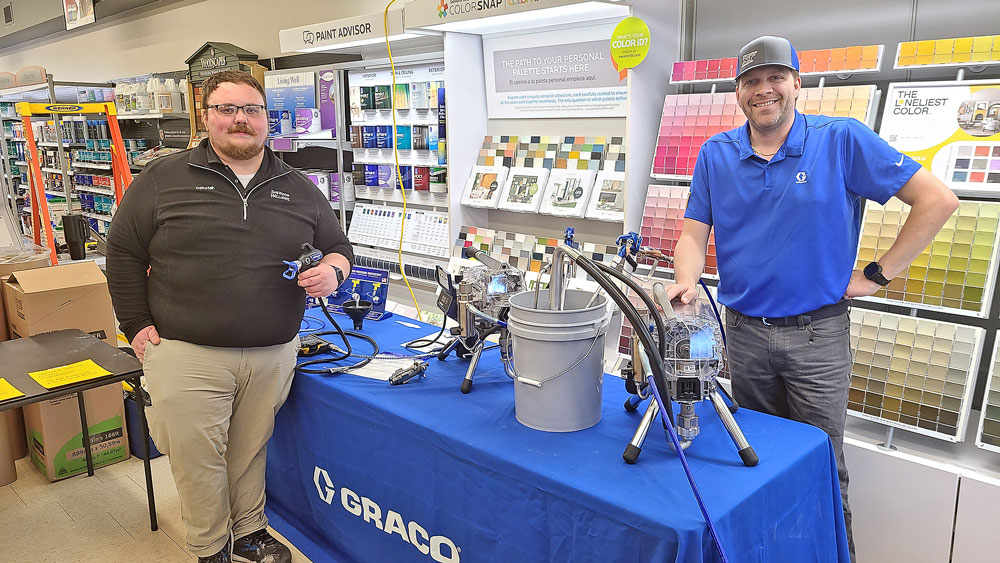School district to open community-wide discussion regarding high school renovations

By James Grob, jgrob@charlescitypress.com
Charles City School District Superintendent Mike Fisher told directors on the Charles City Board of Education that at the next meeting in January, he will recommend the board initiate a communication plan to the community, regarding facilities improvements at the high school.
“Let’s open up a community-wide dialogue and discussion,” Fisher told the board at a work session held last week. “Let’s get tours lined up, get an information campaign going. When people are in doubt, they’re going to vote no. They need to have their questions answered.”
Fisher’s comments come on the heels of a recent community-wide survey that requested the input of school district residents to help determine how the district can best address its capacity and facility challenges.
The survey showed that public awareness of needed facility improvements has decreased, and public appetite for another bond issue has gone down in the last year.
‘We’ve heard from the community — we need to do a better job of getting information out. Now we’re responding to that,” Fisher said. “There are some tax questions in the community, so we will take some time and address those questions.”
The online survey, which was open Nov. 8-22, included a series of questions related to the district’s facilities-related challenges and potential solutions.
Jerry Gallagher of Donovan Group, which conducted the survey and has been sharing the results and making recommendations to the board, said that the survey results indicate the community is not ready for a bond vote in March.
“I don’t believe that you are,” Gallagher said. “I don’t live there, though — you know your community better than I do.”
Fisher has said that he believes something needs to be done regarding a bond issue in the next 18 months. That would leave three possible dates for getting a bond issue on the public ballot — March and September of 2020 and March of 2021. Gallagher suggested that the district use the time between now and September to better inform the public of the district’s needs.
“There’s no doubt, we need to do something, but we also know that we’re all in this together,” Fisher said. “The community has to support what we need to do, and it is a big investment.”
Fisher said he will also recommend another survey be taken in May, to find out if community awareness of the district’s needs has improved.
“We always want to keep the main focus on teaching and learning, but this needs to be going on in the background the entire time,” he said.
The school district has been looking into a modernization plan for the high school since the new middle school was completed three years ago. The plan was initially called “Phase II.”
In December 2017, architects had presented a two-story concept of what the high school’s floor plan could look like under a $22 million to $23 million renovation budget. In January of 2018, architects presented an estimated $26 million plan that grouped wings together by subjects.
It featured a north STEAM (science, technology, engineering, arts and mathematics) wing; a central humanities (languages, social sciences, English, etc.) wing; and a south CTE (career technical education) wing, which included the current 1961 high school gym, metals and woodworking shop spaces.
In February and March of 2018, the district consulted with teachers, coaches and community members regarding the plan, and heard requested additions and alterations.
In the summer of 2018, however, the district turned its attention to other facility priorities — building an on-campus athletic complex and selling the North Grand Building — and high school renovations have not been on the school board agenda for nearly two years.
“To the public, it might seem like there hasn’t been much happening, but we’ve had a lot of internal discussions,” Fisher said. “Our kids and our staff don’t have the final decisions on things, but everything has to start with them, because they are the ones who live with the final decisions every day.”
Over the last several months, CCHS Principal Bryan Jurrens has met with teachers in all departments — and has more recently met with business and community leaders — to discuss ways to address the needs at the high school.
“We’re looking to find out what our community needs from our kids,” Jurrens said. “We’re starting to learn that it’s a lot of hands-on, work-based and career-based things, which all tie into engagement and equity.”
Jurrens said high school leaders are working on coming up with a new model for the high school, which puts the focus more on student engagement.
“Our goal is to prepare kids for post high-school, and that goes in a bunch of different directions,” Jurrens said. “Unfortunately, when you have the more traditional model, we’re not always hitting everything.”
He said the space needs to be a flexible space that can be used for a lot of different applications, and needs to be a good balance, where there’s both traditional classroom time and more large group learning.
“We don’t want the school building itself to be a limitation as to where we’re going as a high school,” he said. “When you just have four walls and a classroom, it’s kind of tough to apply that. We’re trying to get creative with our space, but it’s a lot better situation if we can have that classroom flexibility, or those commons areas. That’s the art of engagement, that’s the art of student leadership.”
Fisher said the students and teachers are always using the space at the new middle school for project-based learning, and projects that put student leadership and student engagement at the forefront.
“That’s not as possible in a really structured, four-walled space,” Fisher said. “As I go into the middle school, they’re using the cave, they’re using the meadows, they’re using the open space. I credit the high school staff, they’re still doing that, it’s just a lot more difficult.”
Cael Ruzicka, a student school board member, attended the old middle school until 8th grade, then attended the new middle school when it opened. He said when he then moved up to the high school it was a shock to his system.
“It was crazy,” said Ruzicka, a junior, who added that in the new middle school, he had a many more opportunities for collaborative learning, and they utilized the common spaces frequently.
“We were able to do that because of the way the facility was set up. It would have been much more difficult at the old middle school,” Ruzicka said. “The way the new middle school is set up, group-based discussions and open classrooms are much easier.”
Gallagher told the board that the high school’s traditional learning spaces are becoming less common in modern schools.
“It’s a sit-and-get type of learning style, which is very traditional — which is OK, if that’s what you want — but if you don’t, something has to be done,” Gallagher said. “There are so many classroom settings today that have flexible seating. You walk in and you know it is going to be very easy for these kids to collaborate.”
Charles City Communication Director Justin DeVore said educational approaches have changed, and building structures are changing with them.
“The high school philosophy for a long time has been, we’ll just make do with what we have,” DeVore said. “I think this is time, where we are asking if we need to change that paradigm.”








Social Share